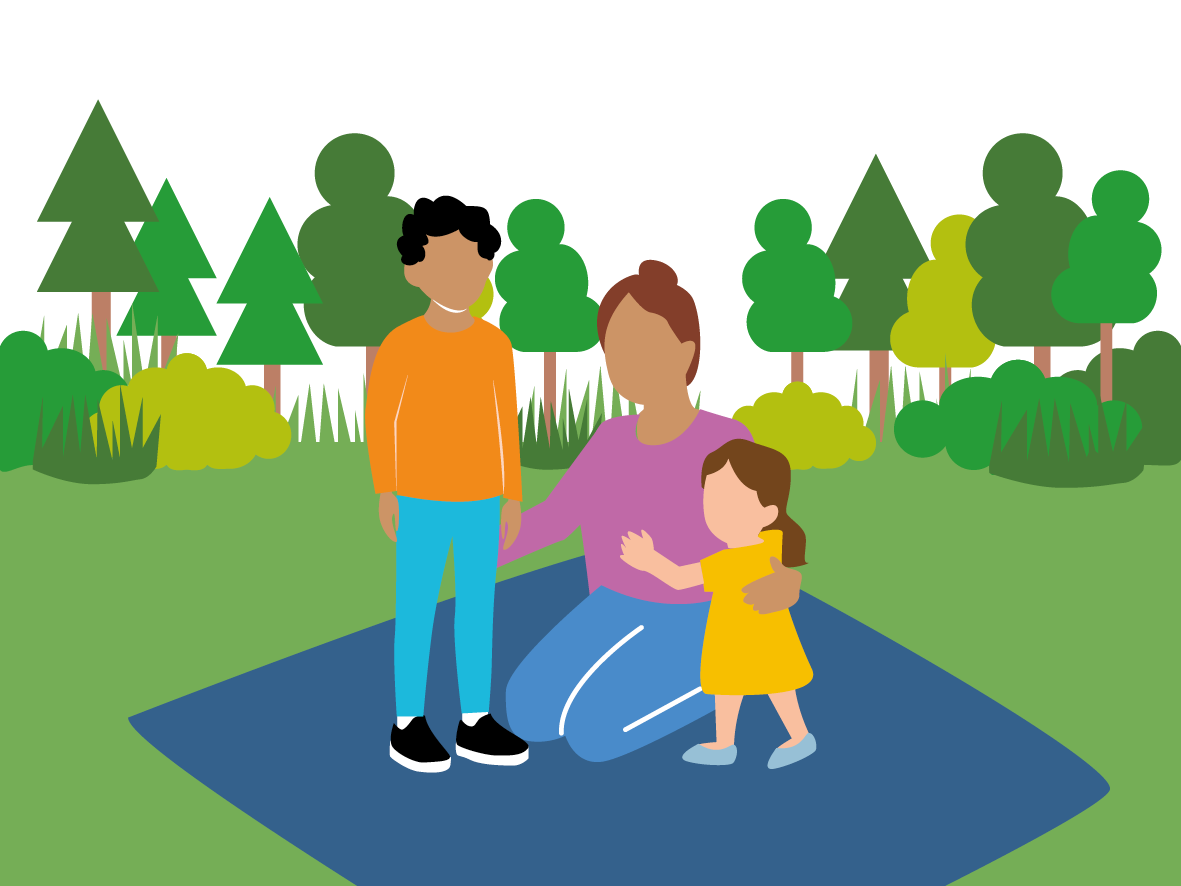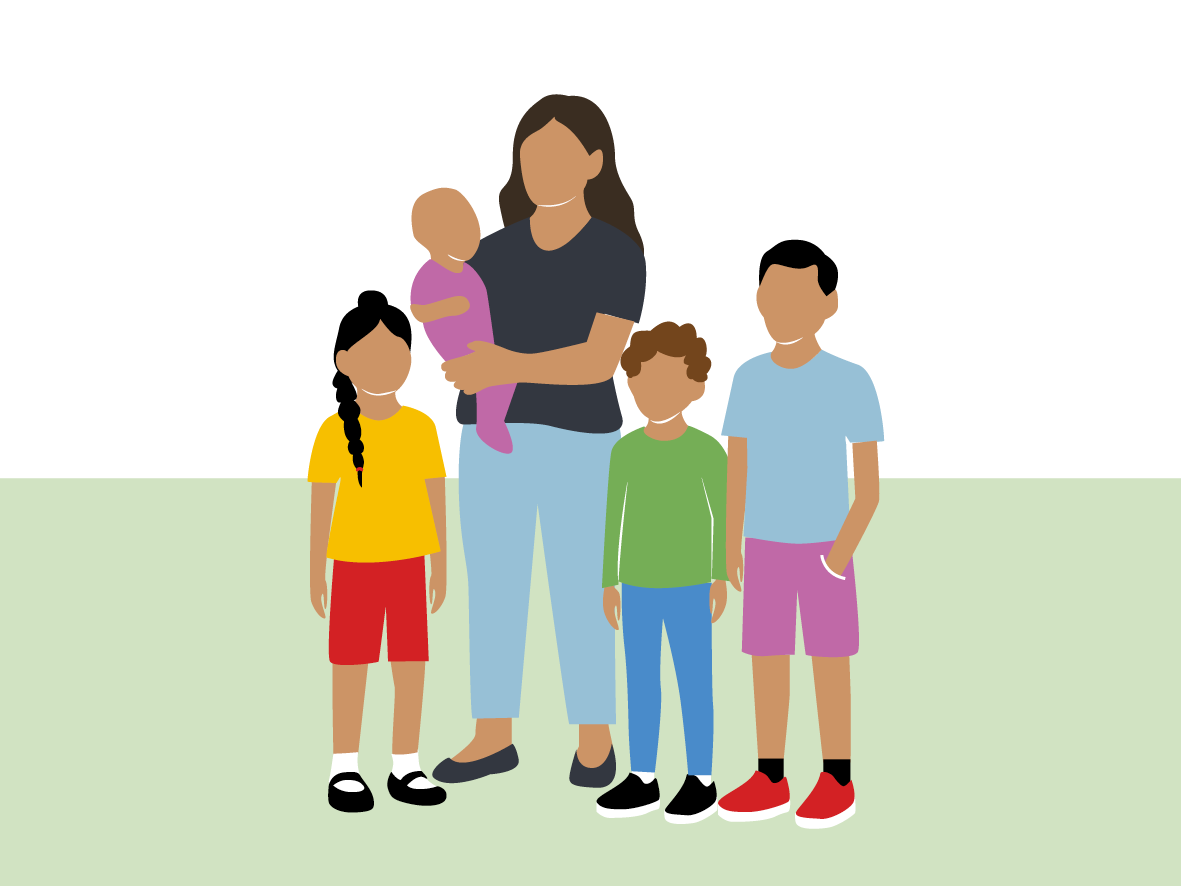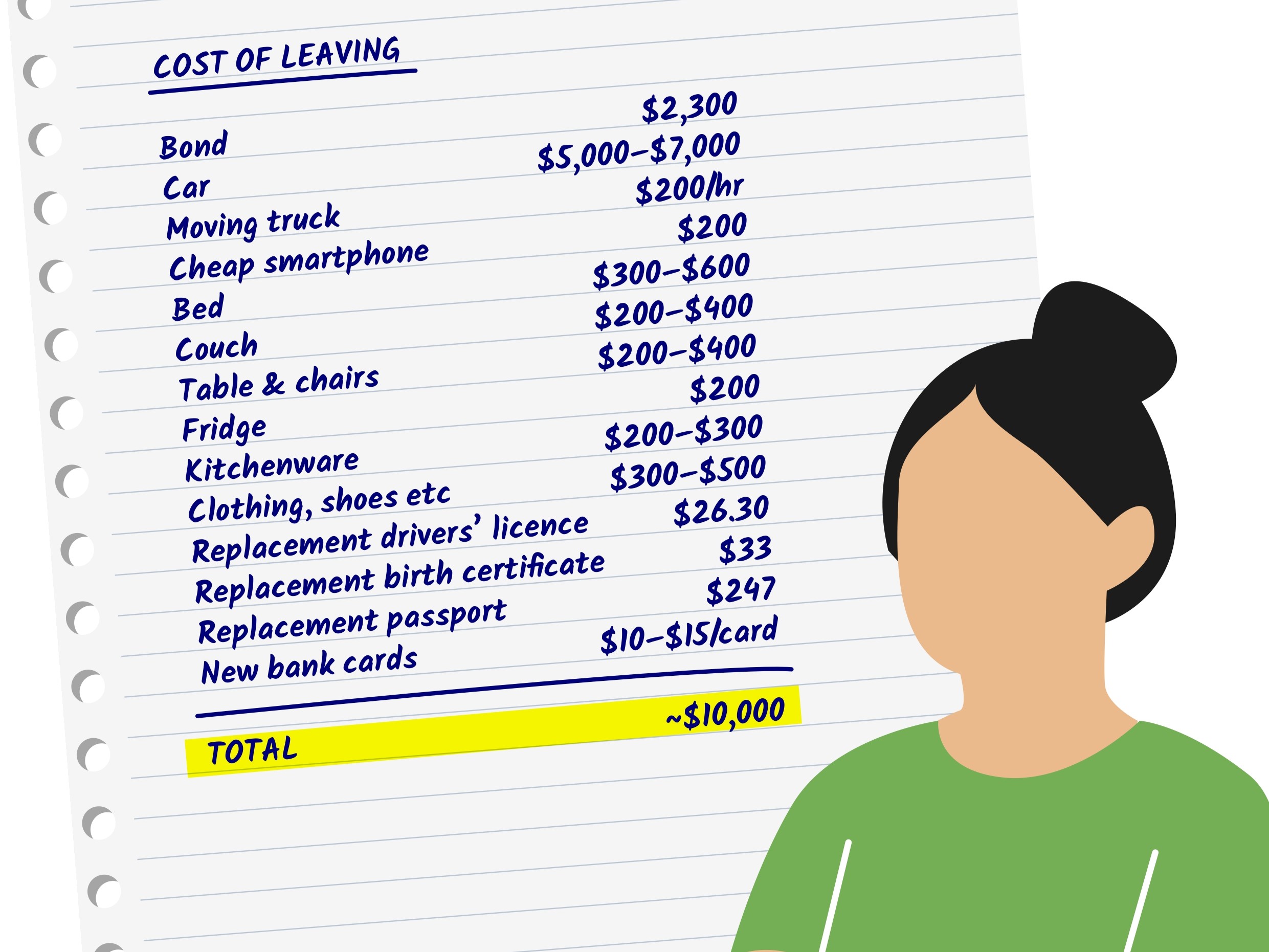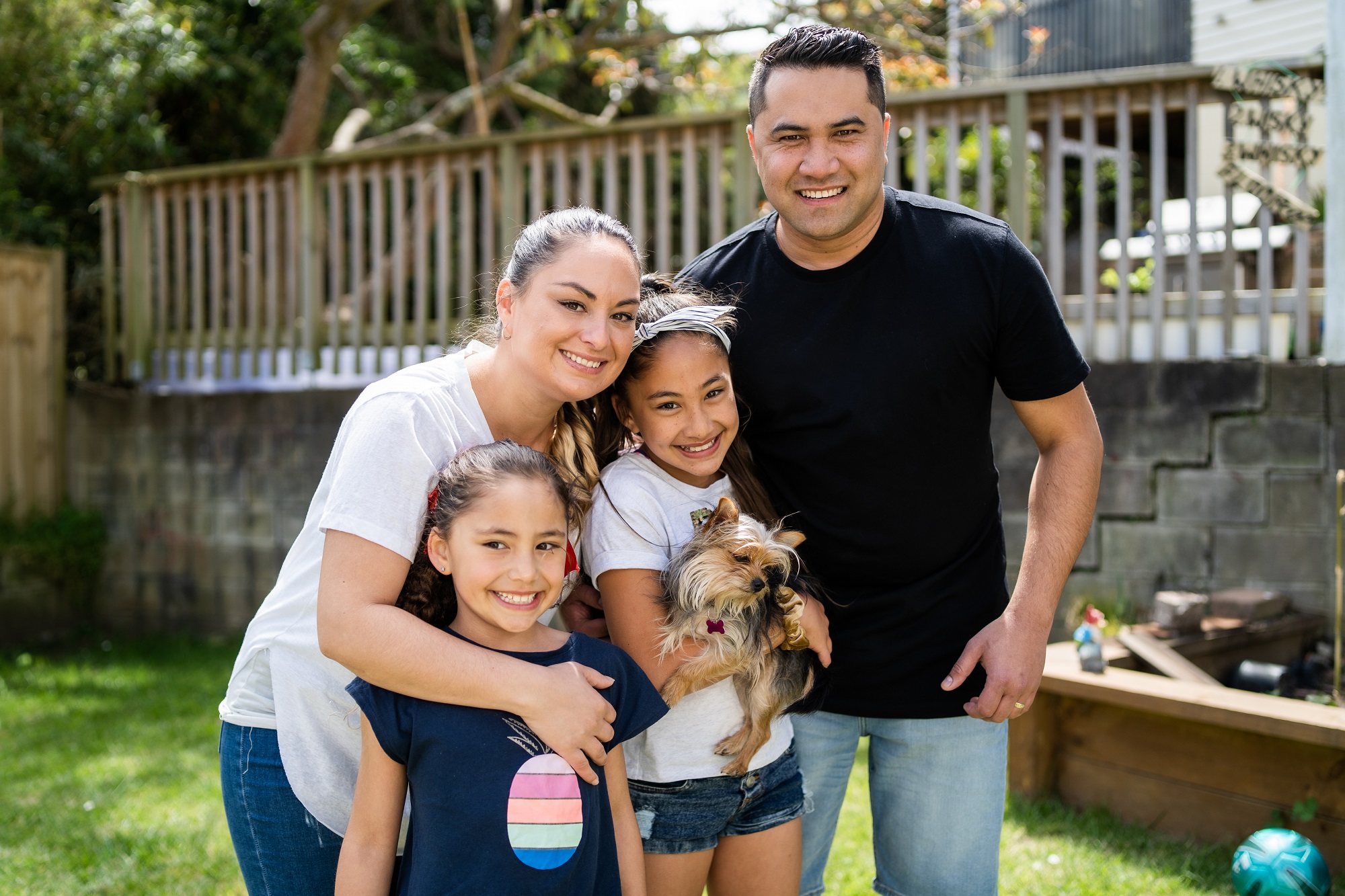Submission: People’s Select Committee on Pay Equity
Good Shepherd New Zealand recently made a submission on changes to the pay equity claims process.

Because the equal pay Bill was passed under urgency, there was no opportunity for public consultation. The People’s Select Committee has been established so the voices of the people of Aotearoa can be heard.
We see the Equal Pay Amendment Act 2025 as a dismissal of the need for action on gender inequity. Equal pay for work of equal value is a fundamental human right and contributes strongly to overall and future financial wellbeing. Yet our gender pay gap is proof that there is an on-going social and financial impact of traditional gendered norms within the workforce. Certain occupations and industries continue to be female dominated, with poorer pay conditions and significant undervaluation. Many of these jobs require similar skills, education, or responsibilities as male-dominated jobs, yet receive lower pay.
The pay equity claims process is a rare example of the Government directly intervening to address gender based financial inequity, rather than relying on the market to “right itself” or focusing on policies/changes that prioritise measuring the scale of inequity. There needs to be accessible pathways to rebalance occupational segregation, vertically and horizontally, and the associated differences in pay that come with this.









